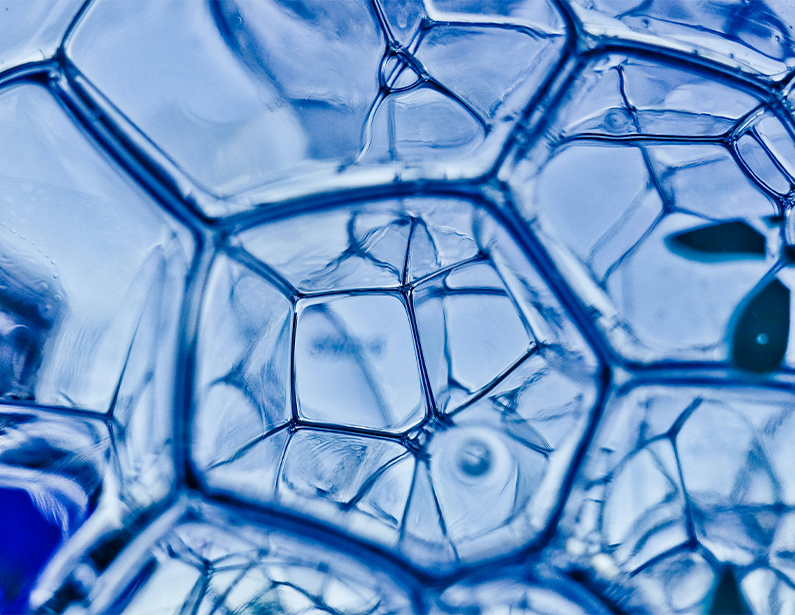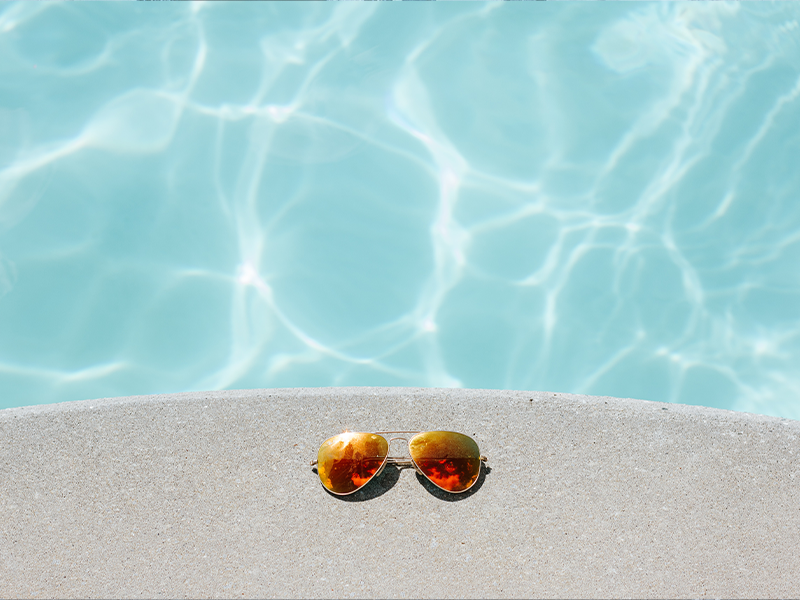A question we commonly get asked at Blue Lagoon Wellness is ‘How hard is it to take care of a hot tub?’ With water care, chemical balancing and body maintenance to take into account, it can seem daunting to make sure your hot tub is fully and safely operational.
As the UK’s award-winning retailer of HotSpring Spas, our team understand that hot tub chemical balancing is not as complicated as it may seem and we’re here to help you understand the basics of chlorine, pH levels and shock treatments.
Chemical Balancing: Understanding Alkalinity
The first step to checking your hot tub’s water chemistry is ensuring the alkalinity levels aren’t too high or too low, this will help stop the pH levels of your hot tub from fluctuating therefore causing your disinfectants to be less effective which could lead to cloudy water and eventually skin and eye irritation.
So how do you balance alkalinity? Needing to be between 100-150ppm, your hot tub’s alkalinity can easily be tested using a hot tub alkalinity testing strip. Making sure you don’t touch the testing area as it could render the test ineffective, dip the strip into the hot tub water, then remove shaking the strip of any excess water.
The testing area will begin to change colour, which can be compared to the colours found on the bottle or packet the test came in to determine if our hot tub alkalinity levels are too high or too low. If the test comes out with low levels of alkalinity, add some sodium bicarbonate, if the test indicates the alkalinity levels are too high add sodium bisulfate. These chemicals should raise and lower your hot tubs’ alkalinity levels respectively.

Chemical Balancing: Hot Tub pH Levels
Maintaining proper pH levels is essential for keeping a hot tub safe and comfortable to use. pH is a measure of the acidity of the water, with the ideal pH range for a hot tub being between 7.2 and 7.8.
If the pH level is too low (below 7.2), the water is too acidic, which can cause skin and eye irritation, as well as damage to the hot tub’s components. If the pH level is too high (above 7.8), the water is too alkaline, which can lead to cloudy water, scaling on the hot tub surface, and reduced effectiveness of sanitisers.
To maintain a suitable hot tub pH level, you can use a pH test kit, if the pH is too low, you can add a pH increaser, such as sodium carbonate or sodium bicarbonate, to raise the pH. If the pH is too high, you can add a pH decreaser, such as sodium bisulfate, to lower the pH.
Chemical Balancing: Hot Tub Shocking
Although it may sound violent, hot tub shocking, also known as oxidizing, is simply the process of adding a large dose of a non-chlorine or chlorine treatment to the water in order to remove contaminants and organic material that may be present in the water. Shocking the hot tub helps to kill bacteria, viruses, and other harmful microorganisms, as well as eliminate organic compounds that can cause unpleasant odours and cloudy water.
To shock a hot tub, you’ll need to first turn off the hot tub’s circulation system and add the shock treatment directly to the water. After adding the shock treatment, you should let the hot tub sit for a specified period of time depending on the chemical (usually a few hours) to allow the shock treatment to work its way through the water, being sure to wash your hands after any contact with the chemicals.

Hot Tub Chemical Balancing By The Professionals
Operating throughout Staffordshire, Shropshire and Cheshire, Blue Lagoon Wellness’ experienced team are experts when it comes to knowing whether your hot tub is chemically balanced, working alongside our partners at HotTub Assist we are always available to help you with any hot tub chemical balancing questions you may have.
If you need any further information call us on 0800 849 2468 and we’ll provide you with any answers you may need. Or if you’re ever in need of some quick help understanding the important chemicals your hot tub needs? You can download our handy ‘cheat sheet’ right here.

